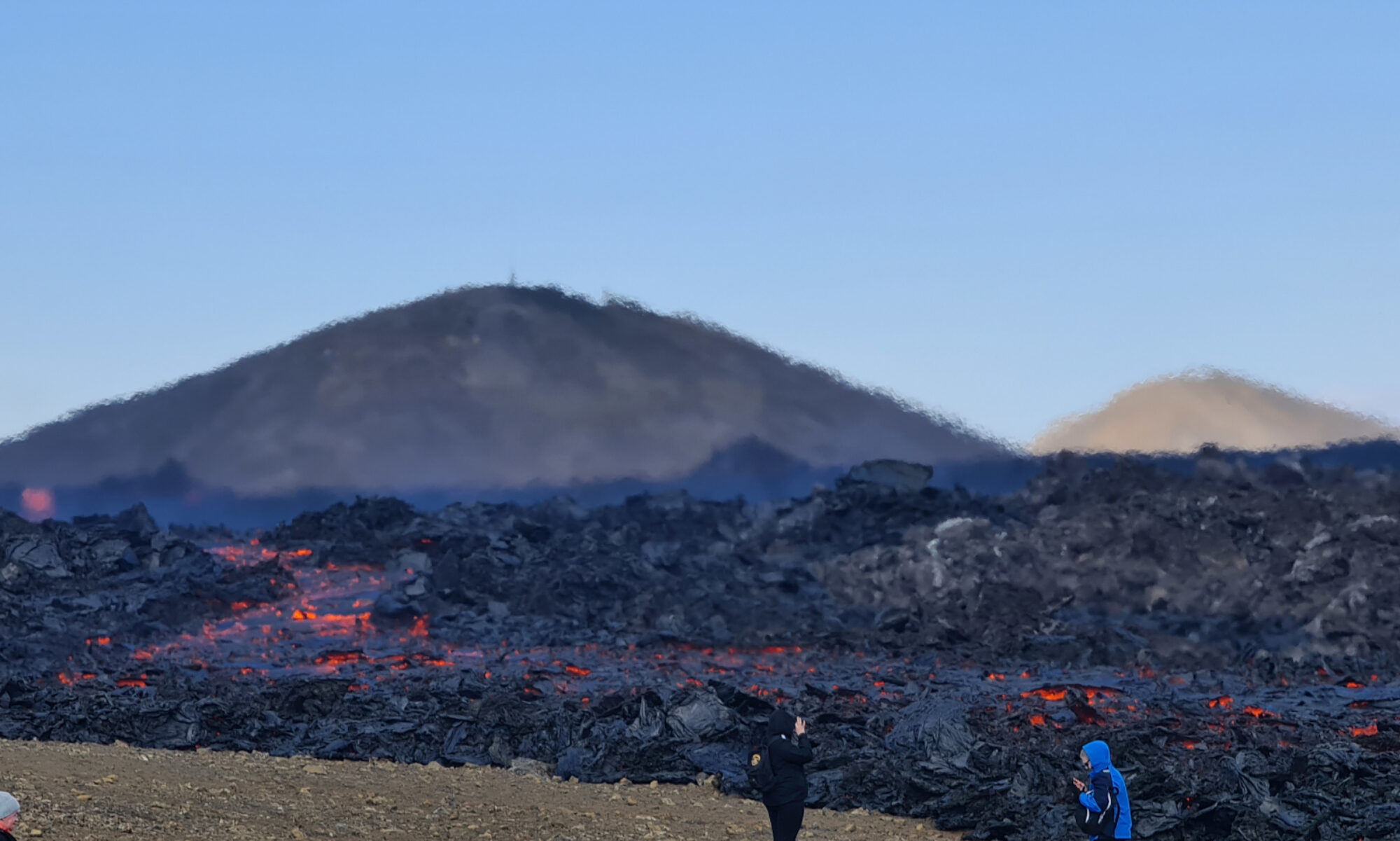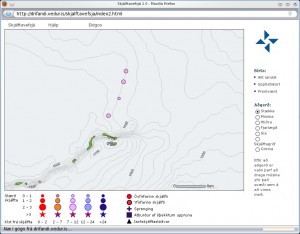According to a news by Morgunblaðið (mbl.is) there is a increased geothermal activity in Grímsfjall volcano. The news reports that in fields close to the houses (hud or something like that) that research and mountain group have in the area there is increased geothermal activity. There is hard to know from the news report how much increase in activity there is. But but this increase appears to be significant as it got noticed by a group that was travelling in the area few days ago.
The group that did go there few days ago where from the Icelandic glacier research society. They did agree that they never had seen so much geothermal activity in the area. The inflation in Grímsfjall volcano is now more then it was before the eruption in 2004 according to the news. There is a good chance that the ML3.5 and ML4.2 earthquakes few days ago did change pathways in the ground and allowed the hot water to rise to surface in this location.
Thanks to Fireman to find this news.
Icelandic news about this. Use Google translate at own risk.
Mikill hiti í Grímsfjalli (mbl.is) – There is a picture in this news of the new geothermal activity.

